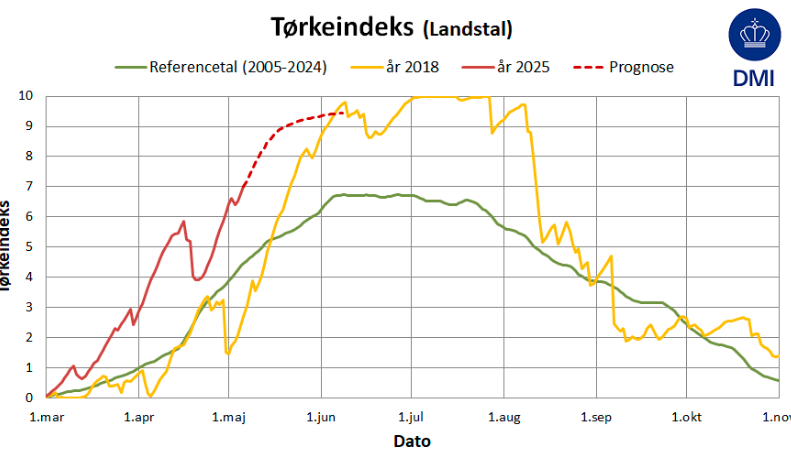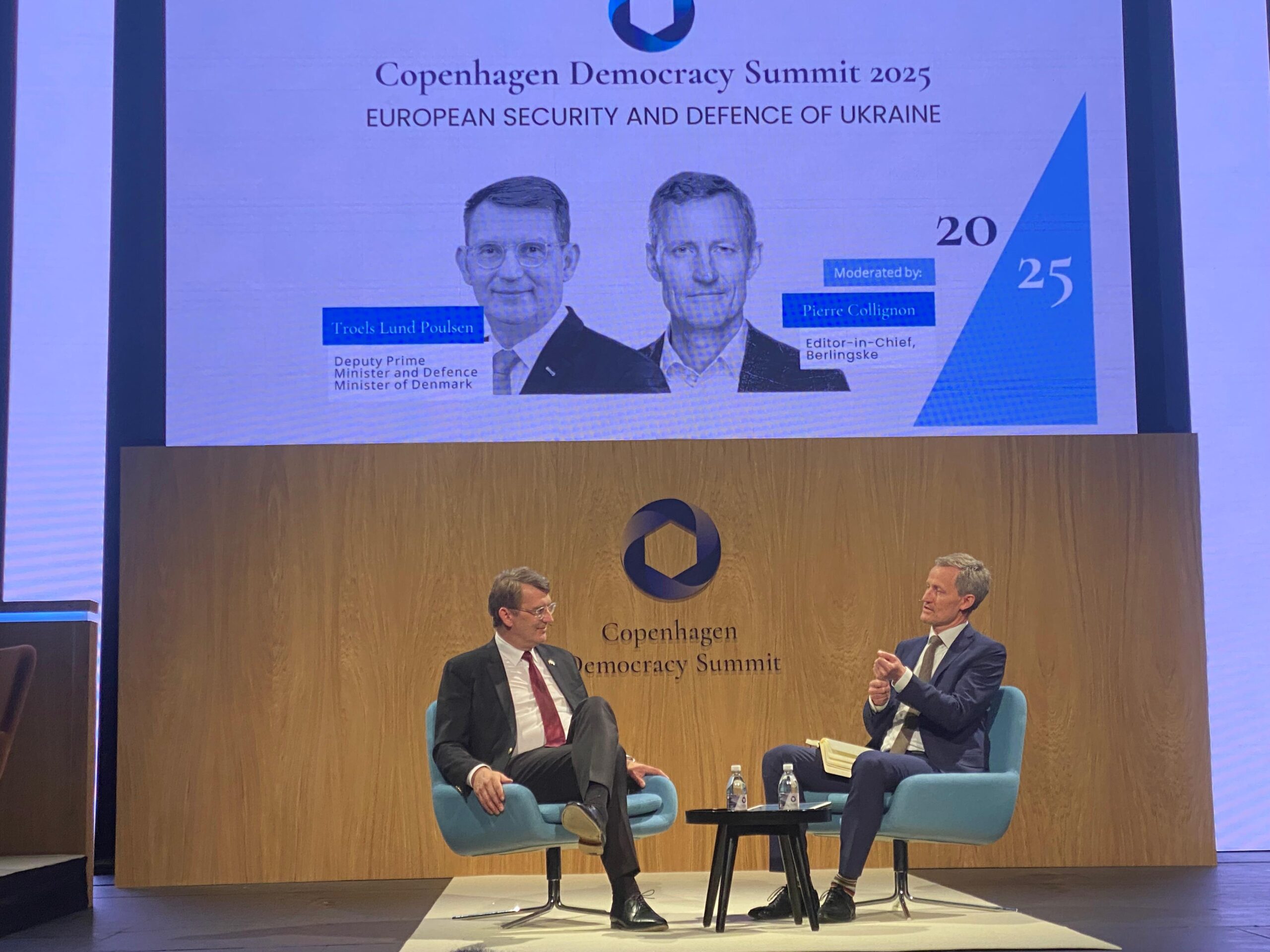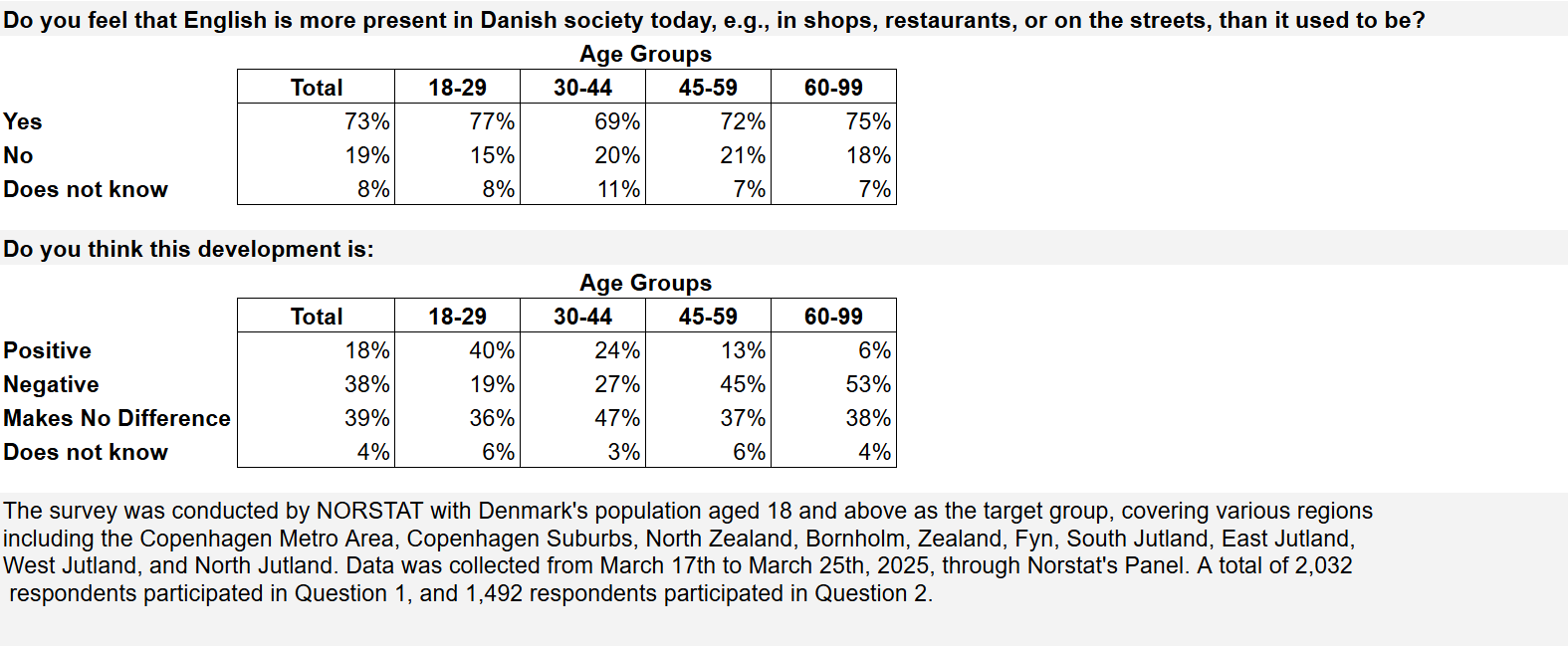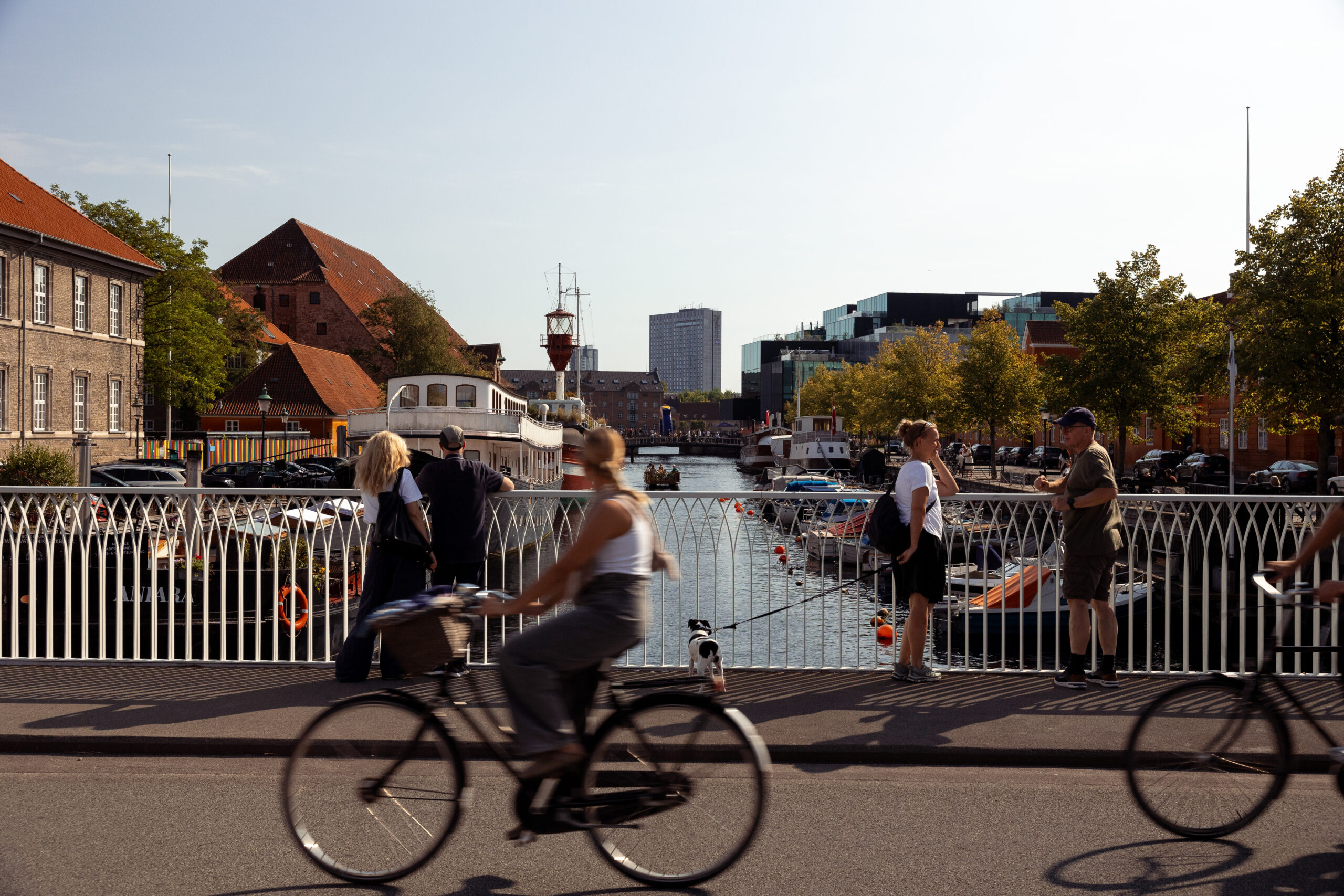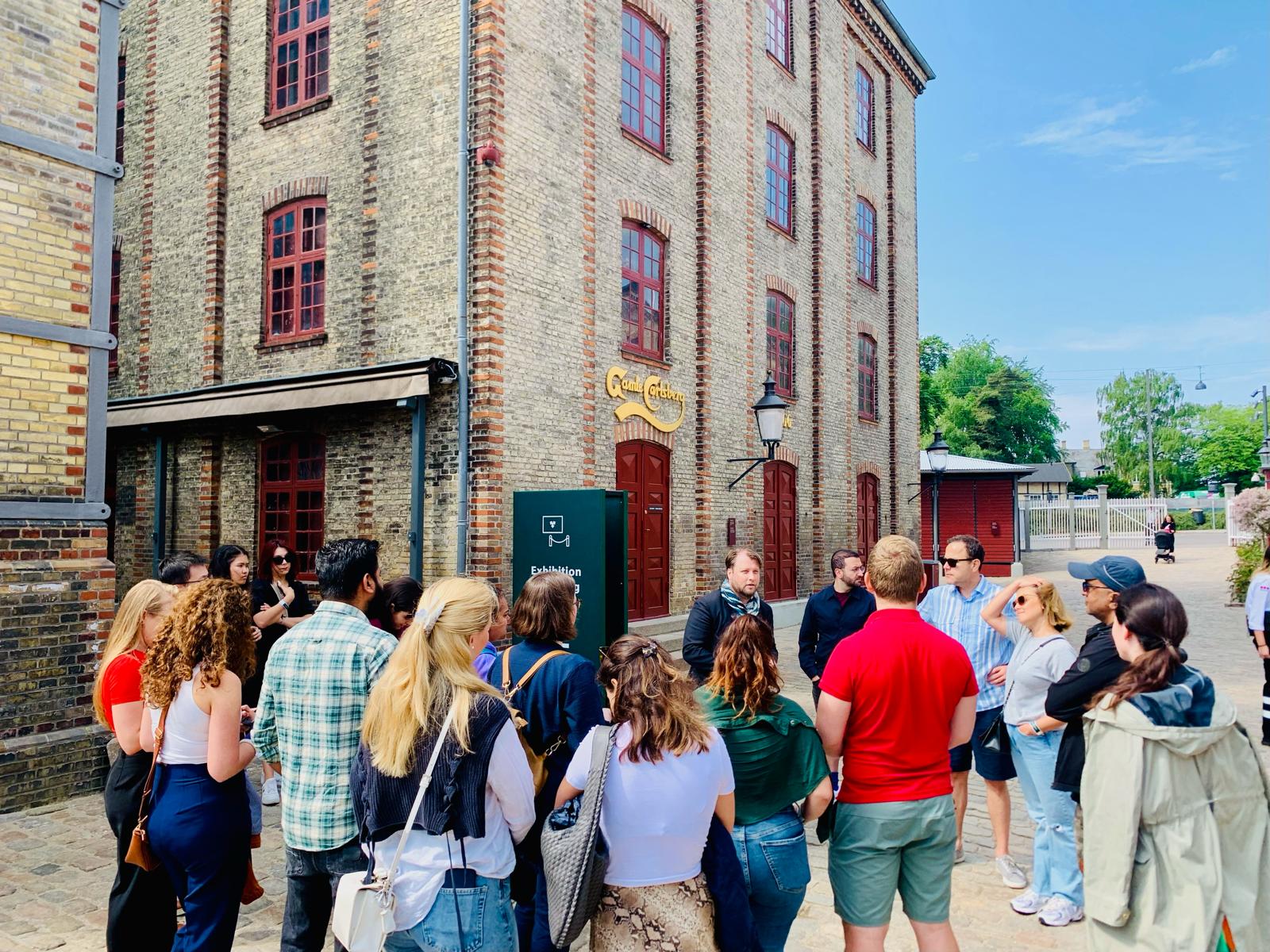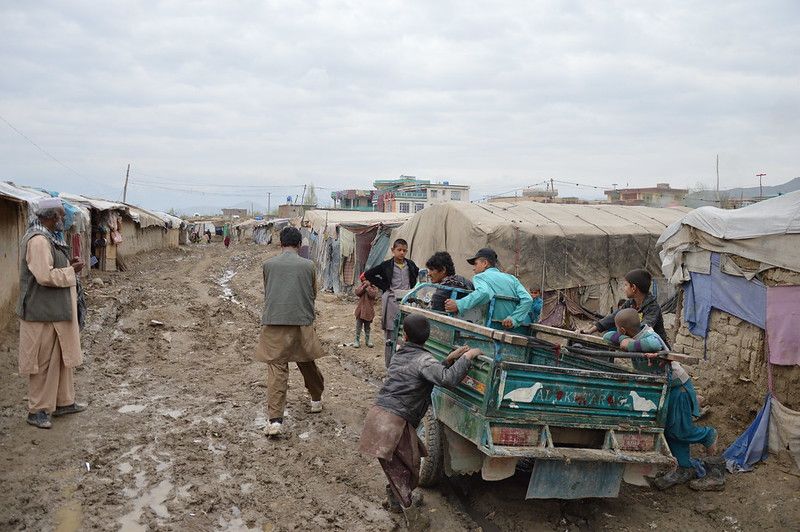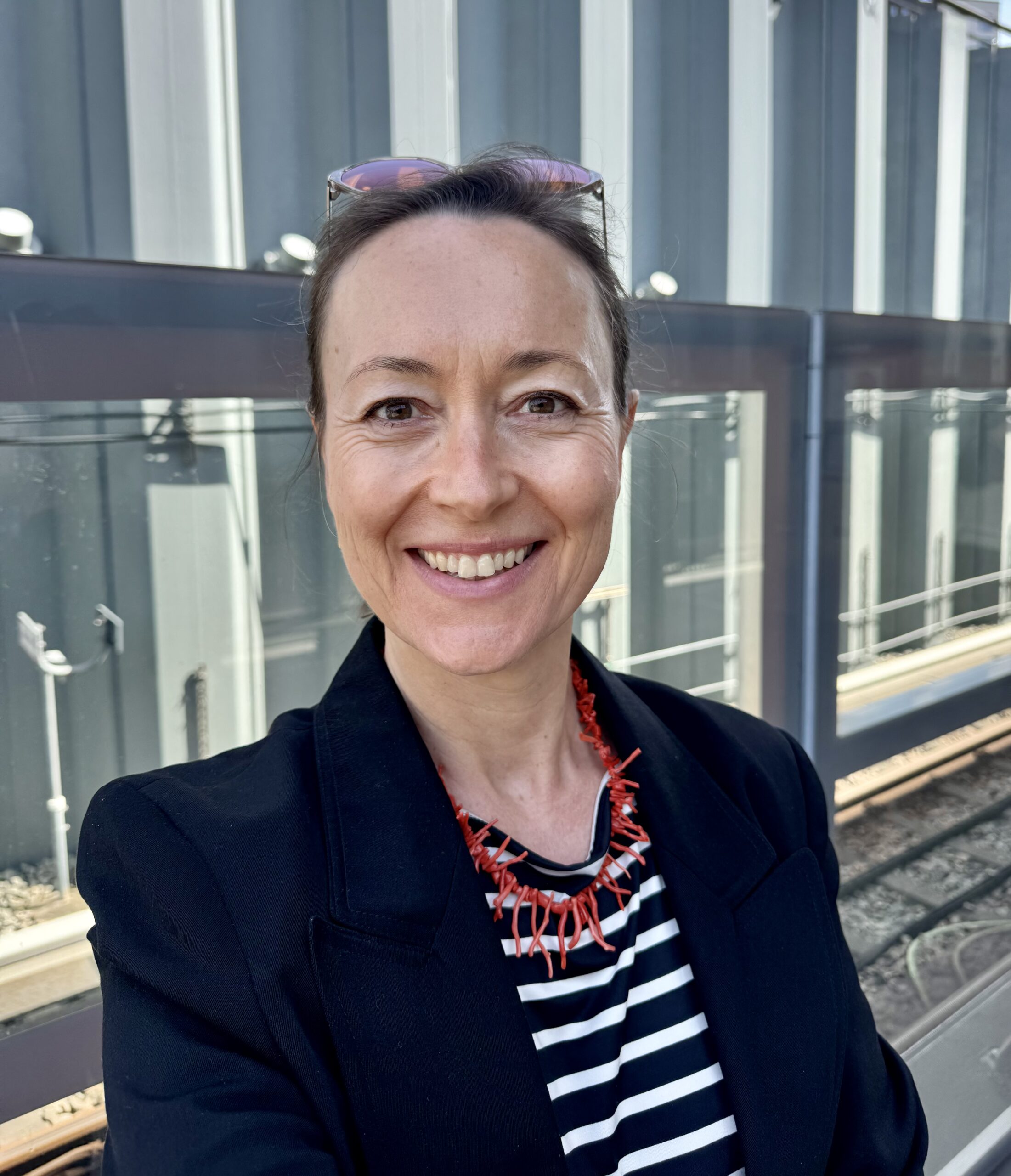The asylum approval rate has increased significantly in 2015, according to new figures from the immigration service Udlændingestyrelsen.
The figures reveal that 88 percent of asylum-seekers have been granted asylum in Denmark during the first seven months of this year, compared to 74 percent last year.
“First of all, I think it has something to do with who is coming,” Thomas Gammeltoft-Hansen, a research director at the Danish Institute for Human Rights, told DR Nyheder.
“They are all in groups who have close to a 100 percent chance of being granted asylum, and that is reflected by these approval processes. They are who we call ‘prima facie refugees’ – people who are in desperate need of protection and asylum.”
READ MORE: Humanitarian head invites asylum-seekers to seek Denmark
Syrians and Eritreans
The vast majority of the asylum-seekers hail from Syria. Some 2,142 out of the 5,174 asylum seekers came from the war-torn nation.
Eritrea supplied the next-largest group of asylum seekers with 801, followed by people who were ‘stateless’ – such as Palestinians – with 347.


